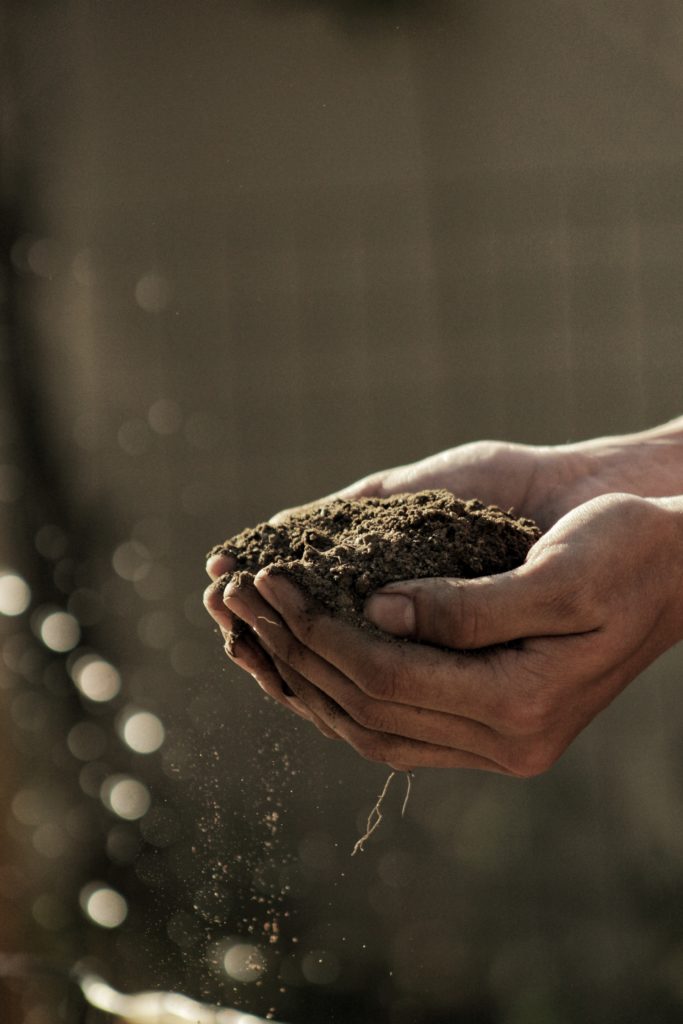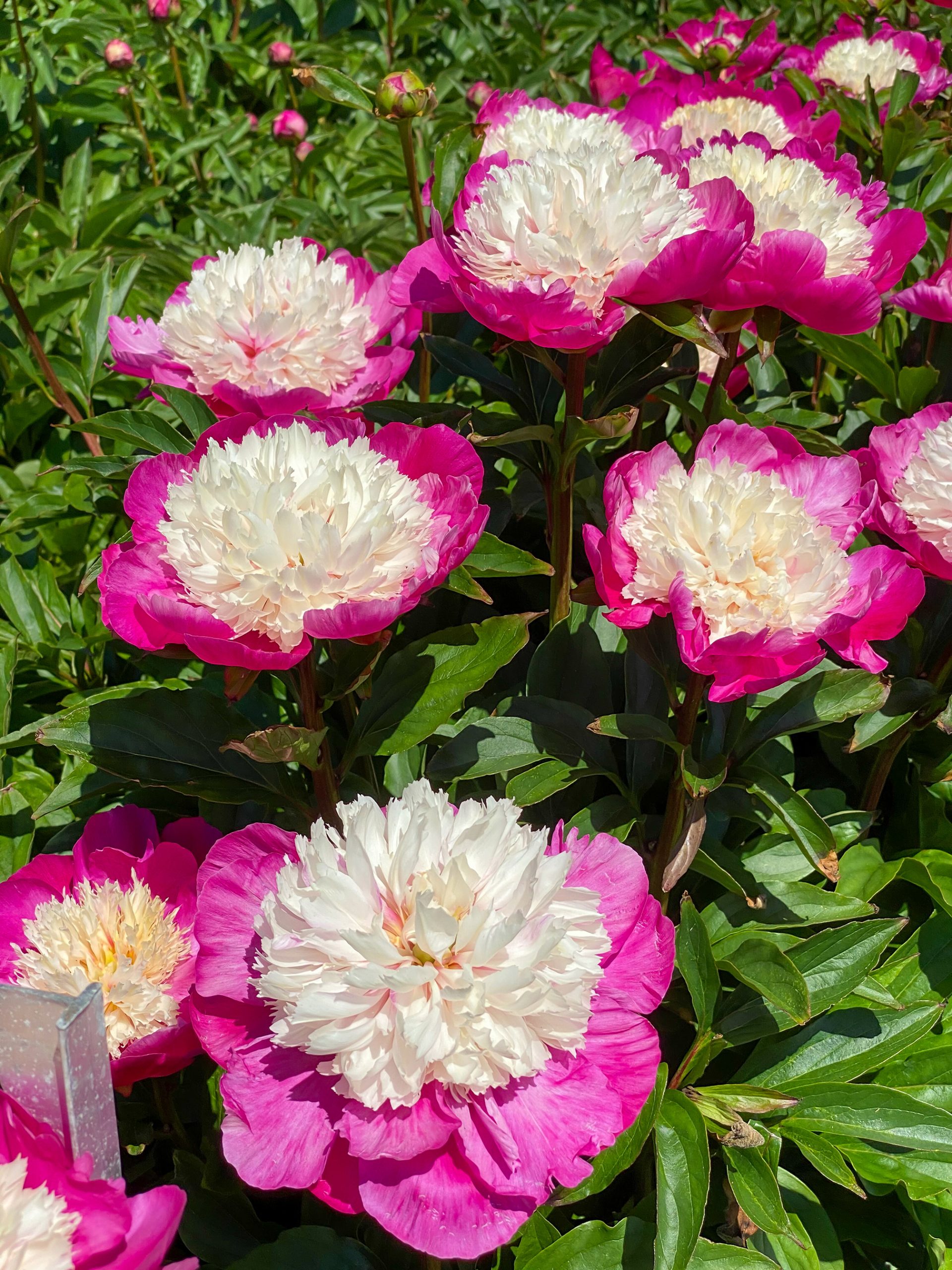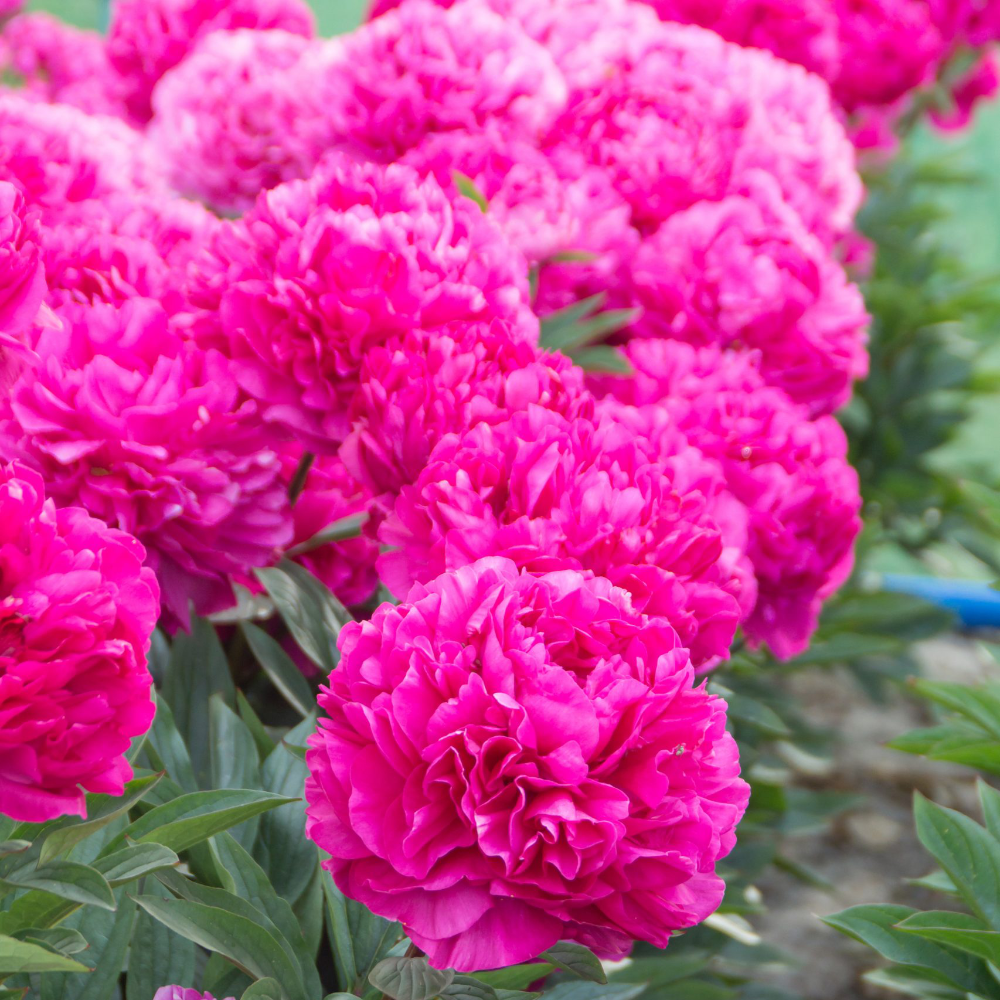As Halloween approaches, The Secret Farm is usually preparing by growing a variety of pumpkins ripe for the picking. However, keen green fingers and pumpkin fanatics alike often ask – how are they actually grown? Below I have found a quick guide in which you can try you own hand at growing these ghoulishly vibrant fruits.

Find out when to plant pumpkins in your region
Pumpkin seeds do not germinate in cold soil, so they need to be planted after the chance of frost has passed. Plan to plant pumpkins in late spring or early summer for a fall harvest. Pumpkins typically take 95 to 120 days to mature.
If you celebrate Halloween and would like to have pumpkins in time for the holiday, plant them in late July. If you want it in early July, plant in early March.

Choose a planting spot and prepare the soil
Pumpkins grow on vines and need a good amount of space to thrive. Choose a place in your yard with the following qualities:
- 20 or 30 feet (6.1 or 9.1 m) of open space. Your pumpkin patch doesn’t have to take up your whole yard. You can plant it along the side of your house, or along the fence in your backyard.
- Full sun. Don’t choose a spot under a tree or in the shadow of a building. Make sure the pumpkins will get plenty of sun all day long.
- Soil with good drainage. Clay-based soils don’t absorb water quickly, and aren’t as conducive to growing pumpkins. Choose a spot that doesn’t have standing water after heavy rains.
- To give the pumpkins an extra boost, prepare your soil beforehand by composting it. Dig large holes where you plan to plant the pumpkins and fill them with a compost mixture one week before planting.

Choose pumpkin seeds
Go to your local nursery or order seeds from a catalog to use in your pumpkin patch.[1] There are many different varieties of pumpkins, but for the home grower’s purposes they fall into three main categories:
Pie pumpkins, which are meant to be eaten.
Large decorative pumpkins that can be carved into jack o’lanterns. The seeds in these pumpkins are edible, but the flesh is not flavorful.
Small decorative pumpkins, often called mini pumpkins.

Plant your seeds in “hills”
Build a small mound of dirt and plant the seed 1–2 inches (2.5–5.1 cm) deep. The hill helps improve soil drainage and allows the sun to heat the soil faster, speeding up germination.
Plant 2 or 3 seeds within a few inches of one another, in case one doesn’t sprout for some reason.
It doesn’t matter which end of the seeds points up. If the seeds are viable, they will grow either way.
If your pumpkin variety grows along creeping vines, space the hills in the same row 12 ft (3.7 m) apart, and space the rows 6 to 10 ft (1.8 to 3 m) apart, depending on variety size. “Bush-type” varieties that grow on shorter vines need 8 ft (2.4 m) of space in all directions.
If you composted the soil before planting, you can skip this step. If not, add a thin layer of compost or mulch in the areas where you planted seeds. The compost will help keep weeds out and nourish the seeds.
With proper care, the pumpkin plants should sprout within about a week.

Caring for pumpkins
- Water the pumpkin plants when the soil moisture is low. Pumpkin plants need a lot water, but they shouldn’t get too much. Make a habit of watering them when the soil seems a little dry, rather than adding more water to wet soil. Deep, infrequent waterings are ideal.
- When you do water the plant, use a lot of water and let it soak deep into the soil. Pumpkin plants’ roots run several inches or feet down, depending on the stage of growth, and it’s important that the water reaches them.
- Try not to get water on the pumpkin leaves. This encourages the growth of a fungus called powdery mildew, which can cause the leaves to wither and the plant to die. Water in the morning, rather than at night, so any water that gets on the leaves has time to dry in the sun.
- When the pumpkins themselves begin to grow and turn orange, decrease the amount of water you use. Stop watering entirely about a week before you plan to harvest the pumpkins.

Harvesting the pumpkins
Check to see if the pumpkins are ready. The pumpkins should be bright orange in colour (depending on the species) with a hard shell. Their stems and often the vine itself should be starting to dry out and wither.
Don’t harvest pumpkins that are still soft. They won’t keep for more than a few days before spoiling.
Cut the pumpkins’ stems. Use a pair of shears to cut the stem, leaving it a few inches long. Don’t break off the stems, since this will cause the pumpkins to rot.
Store the pumpkins in a cool, dry place. Keep them away from humidity, damp, and direct sunlight. They do not need refrigeration. Pumpkins keep for many months after they have been harvested.
A mild chlorine rinse before storage can discourage mold and fungi. Use a mix of 1 cup (240 mL) household chlorine bleach and 5 gallons (18.9 L) cold water.[3]


















